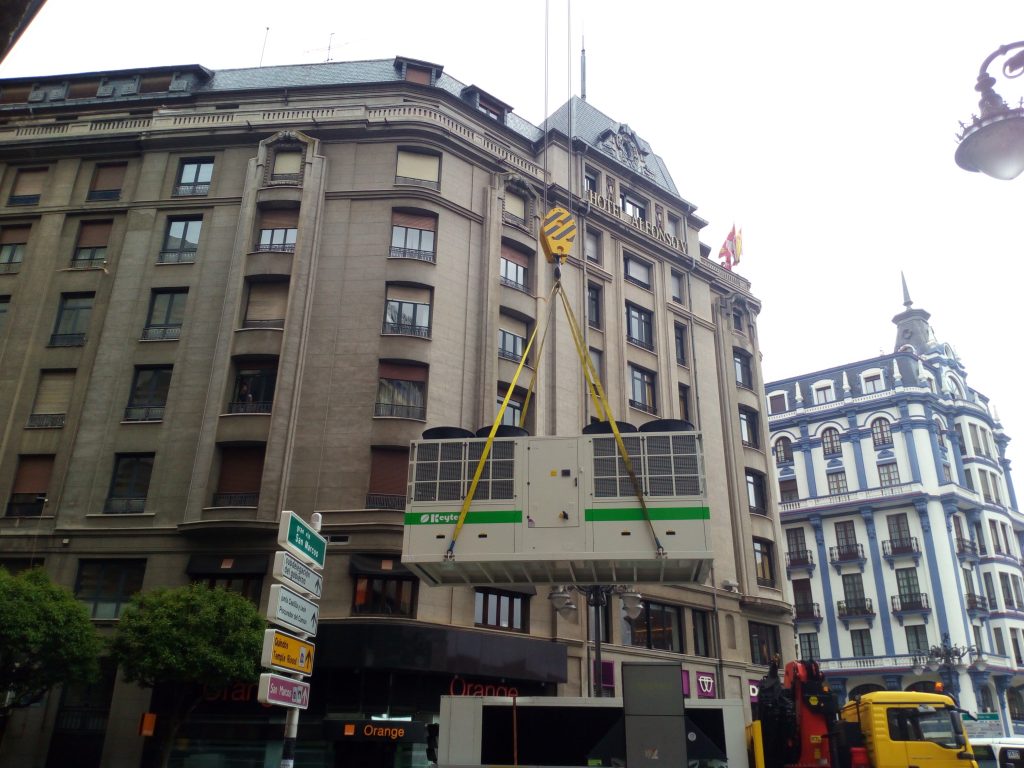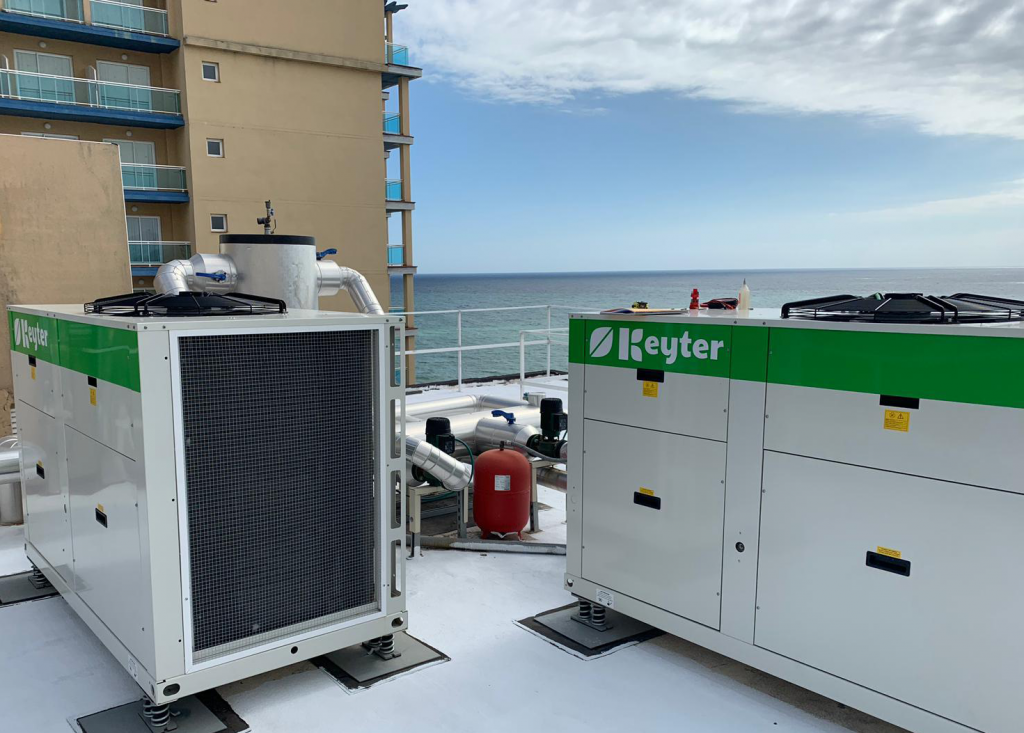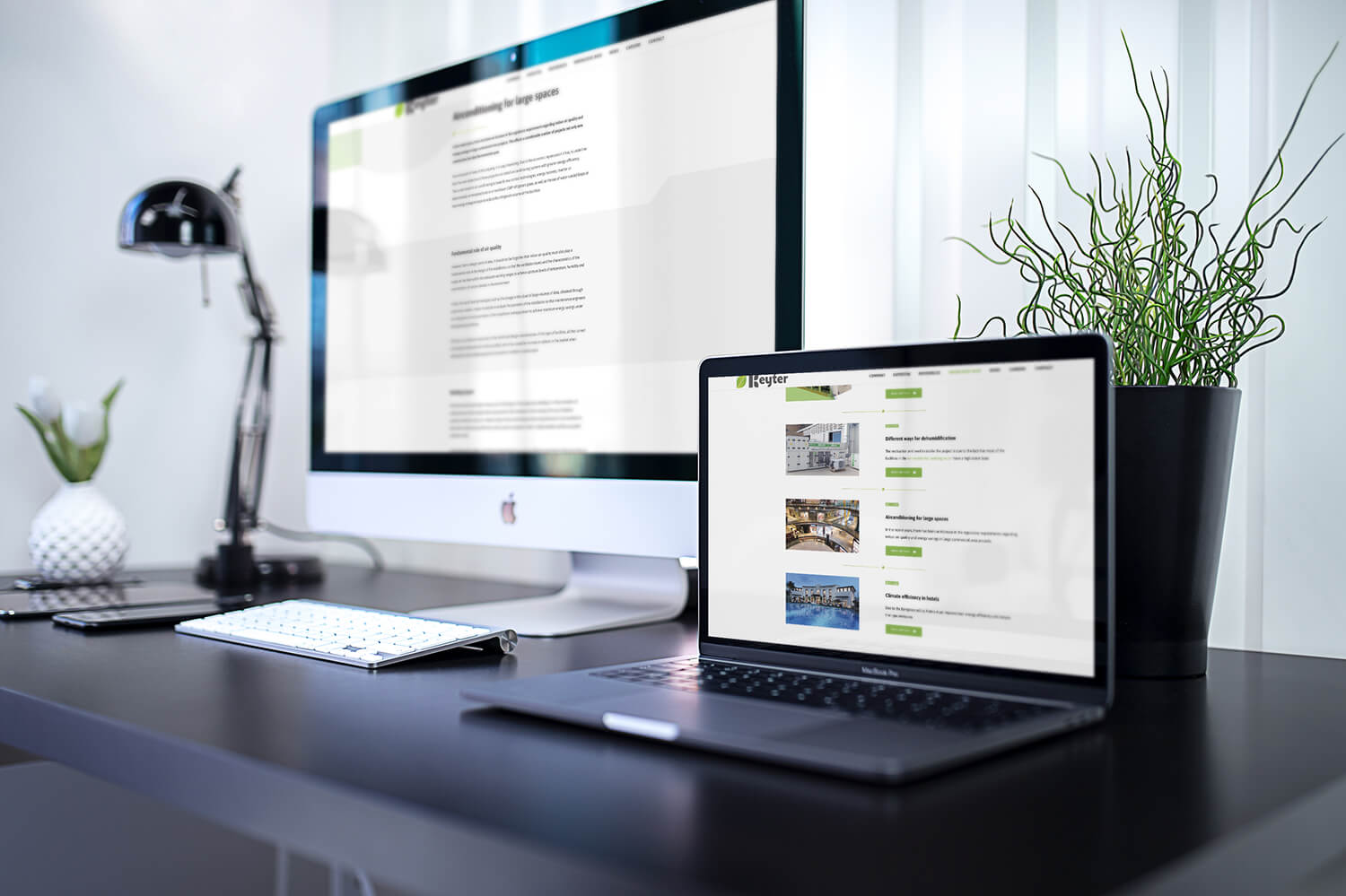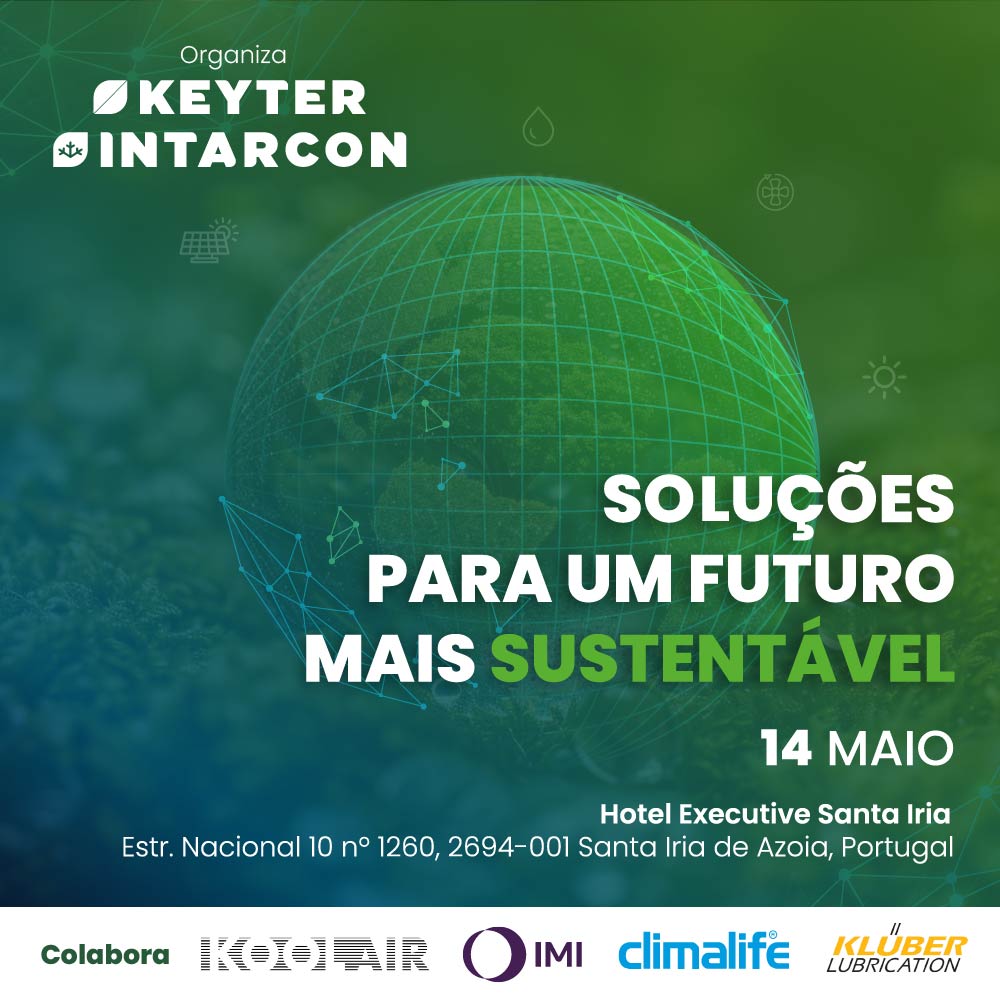Indoor Air Quality in Hotels (IAQ)
When talking about air conditioning in hotels, we often think about rooms and the comfort of these environments. However, the functionality of hotels is not limited to that; restaurants, bars, and entrance halls are places that can be complex when it comes to air conditioning. As more conferences and corporate meetings are being held in their halls, ensuring these spaces are well-prepared with thermal comfort and proper Indoor Air Quality (IAQ) can be a puzzle in some situations.

Whether quality level of these establishments is governed by the stars they have or the forks of its Restaurants, How could we measure their environments quality, their IAQ? …. Suggestions accepted. Let us remember that the quality business already bottles extreme purity water and that pillow cards exist of feathers, latex, cervicals, etc…
The answer to this question already exists, the UNE 171.350:2016 “Indoor Environmental Quality. Environmental Quality in Hospitality Industry”. I recommend reading this Standard, as it provides methods for obtaining the desired IAQ.
Achievement of the IAQ
How to achieve an adequate IAQ begins at the design table, setting objectives in line with expectations and, above all, identifying the sources of contaminants that we must attack to achieve it. ASHRAE (American Society of Heating, Refrigerating and Air-Conditioning Engineers), advises before performing these studies, to know building’s exterior, which surrounds, and probably contaminates, our interiors. Mention radon possibility as an effluent from the soils where buildings are located.
At the interior level, as a reference for new installations, the future entry of RITE´s Second Modification, seems to bring as a consequence the official presentation of the family of UNE EN 16798 Standards, which will be a radical change in the way of understanding ventilation and IAQ of the installations.
It should be noted that it is no longer only human CO₂ that is vented, new characters enter the scene such as benzenes, formaldehyde, naphthalenes, particulate matter, etc… A new conception of ventilation and IAQ that will undoubtedly have strong repercussions on the way air conditioning systems are understood.
Equipment
Everything said above can only be achieved through filtration, in the least cases, and in strong ventilation when the contaminant is not possible to filter or is directly produced inside the environments, most of them.

KEYTER has ventilation control systems by measuring CO₂ with a double probe, comparing the ppm of CO₂ from outside and inside, which results in great economic savings in partial occupancies. These systems can be implemented in both PERSEA Range ROOF-TOP equipment and TITAN Range Air Treatment Units (AHUs).
This control through CO₂ measurement is complemented by real-time measurement of particulate matter and VOCs that is monitored with KICONEX networks and that establishes ventilation levels based on needs.
Energy consumption will obviously rise, the contribution of outside air will be greater, but we are prepared for that. Our background and the EcoDesign Regulations have given us the weapons, more powerful recoveries, unit EcoAdapted to each of the different climates indicated by the Regulation and, a very important factor in Hotels, High Pressure recoveries to generate DHW mean that consumption does not rise excessively, obtaining more benefits.
It goes without saying that KEYTER unit´s hybridization with photovoltaic solar installations, already a proven fact, will consolidate that partially Renewable character that the RITE has already awarded us.
KEYTER’s full Inverter units meet the needs of the installation, ensuring that there are no power surpluses. Undoubtedly, all this must go hand in hand with a building in accordance with building´s expectations where passive measures and enclosures are adequate and where thermal bridges and infiltrations are already history.
Little by little we will go to solutions close to, or at least inspired by, the concepts of Passivhaus.
IAQ Maintenance
All efforts are useless if the facilities are not properly and periodically maintained, I emphasize the reading of UNE 171.350:2016.
This is the great Achilles heel of our sector, the lack of professional maintenance, and I focus on this aspect, professional. Simply cleaning filters and carrying out corrective maintenance is not, by far, what is expected for facilities where quality weight of the interior environment of this type of establishment is dropped.
Maintenance is no longer based on “maintaining”, it is based on the correct units operation, accounting of consumption and carrying out the regulatory Inspections, namely Energy Efficiency. No doubt this aspect will now be more taken into account.
More articles
Interested in other (technical) knowledge articles? Keep yourself up to date and read them all


